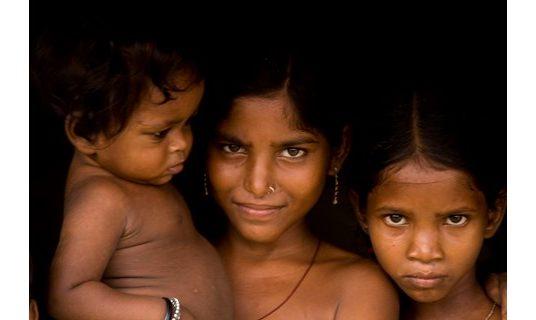
Two new entreprenurs have recently started Mera Gao Power in Uttar Pradesh India, a social business providing electricity and mobile charging services to low-income households in the state. Each household receives two LED lights one mobile charging unit in their home for a cost of approximately $0.50 and an additional $0.80 for initial installation. The company hopes to break-even within 18 months and aims for a projected return on investment of 15% over three years. Mera Gao Power aims to reach 100,000 households by 2016.
A social enterprise electricity and mobile charging service is giving poor farming families living in one of the poorest states, Utter Pradesh, in India, a chance to lead a different lifestyle through micro grids. It means huge improvements in quality of life for these deprived communities. The two entrepreneurs who are making it possible are Nikhil Jaisinghani and Brian Shaad. Together they have started a new type of energy company called Mera Gao Power (MGP), which is designed to meet the needs of these people who currently live without light, heat or clean water, and who are forced to use kerosene as a fuel, which is both expensive and damaging to people’s health. MGP provides low cost energy services by building and operating solar-powered micro grids at village level.
Each household that signs up to MGP’s social enterprise service receives two LED lights and one mobile-charging point in their home at a cost of 25 rupees (£0.30/50 cents) per week; the setup cost is an additional one-off payment of 40 rupees (£0.48/80 cents). The lights makes a huge difference to people’s lives after dark, providing extra time for activities that generate income and gives children more time to study, something we take to for granted in the developed world. Mobile charging enables villagers to be connected and entertained by listening to music and watching films on their phones.
Shaad explains that the need to supply lighting at such a low cost inspired their business model, yet at the same time has been a real challenge. He says, “Many social enterprises sell products such as solar lanterns or wind-up chargers to meet their customers’ lighting or charging needs. But in this region, where average family incomes are rarely higher than 800-1600 rupees per month, villagers would have to put themselves into debt to purchase such products.” MGP allows customers just to pay for the lighting itself, keeping their upfront costs to an absolute minimum.
Through the small payments the villagers receive, they hope to gain back their investment in each micro grid system within 18 months with a projected return on investment of almost 15% over three years. To provide such low prices and still make a profit, Jaisinghani and Shaad constantly innovate their social enterprise model. Moreover, they want to reach 100,000 households with their solar service by 2016. This means installing systems in 50 villages in 2012, increasing to 1,000-2,000 over the next five years. The signs are promising as demand is starting to come to them; in fact the World Resources Institute estimates India’s off-grid distributed energy market at $2bn a year!
Jaisinghani says, “We have enough investment, thanks to USAid, to reach at least 50 villages this year, but this work is capital intensive, and new rounds of investment will be essential for us to grow beyond this point”. These two entrepreneurs believe in social enterprise: using the power of business to support social and environmental communities.
